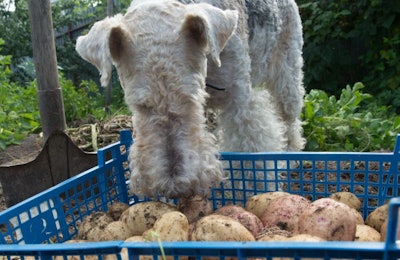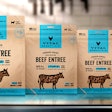
Three factors can stand in the way of acceptance of plant-based proteins as pet food ingredients, said Kate Guan, business development specialist for Kerry Animal Performance Solutions, during a Petfood Industry webinar organized and sponsored by her company.
“They are sensory, nutrition and cost,” she said.
Dog and cat owners won't sacrifice taste and texture for their pets when converting to plant-based products. If the plant protein flavor has an off-note, or the texture doesn't taste like animal protein, a pet may refuse it. Characteristic off-flavors from plant-proteins in pet food include bitterness and astringency.
The second potential cause of failure for plant-based pet foods is nutritional quality.
“Most plant proteins are imbalanced in essential amino acids, and have a lower protein digestibility,” she said. “It is critical to combine different plant protein resources to improve protein quality.
Cost is the third concern.
“If you compare the plant protein products side by side and with an animal protein today, the plant protein has a higher price in general,” she said. “We also need to continue to deliver innovative technologies that will enable us produce and process plant proteins, then offer them at the right price point.”
Nutrition and plant-based pet food formulation
Of these three challenges, one webinar participant presented a solution to one of them. Dogs, cats and other pet food manufacturers can meet pets’ nutritional requirements, while still delivering a plant-based food to consumers, but it has to be properly formulated, Ruben Santana, global pet R&D director for Kerry said.
Two cases arise for plant-based pet food proteins, he said. They can be used in a 100% veggie, plant-based pet food. Or the veggie ingredients can be used in a product with meat, often as the first ingredient.
“In both cases, plant-based analogues can fulfill these desires of the market,” he said.
















